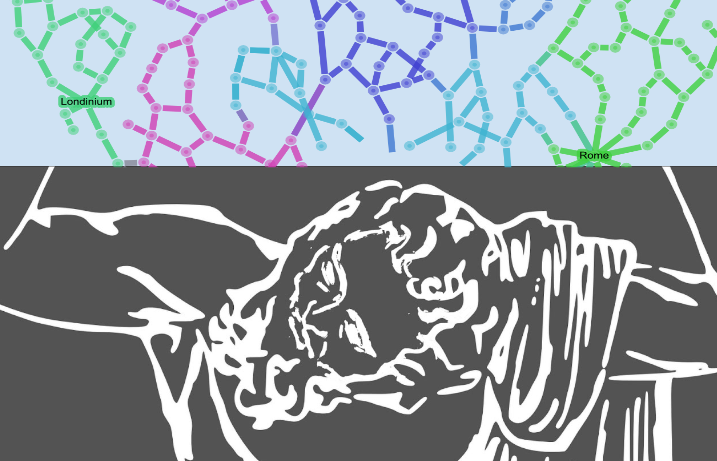You are viewing entries marked 'Vol. 1, No. 3 Summer 2012'.
The Weight
We had been on a long journey but it was lost in the bits.
There’s a stage in a product cycle where you know it’s going to ship. Where you can see the end.
(Read more)
To begin: One question and one metaphor. The question is, what use is visualization to historians? How does this method add value to the work we do? The metaphor is accretion, the term geologists use to describe the building up of new soils through deposits of materials eroded elsewhere.
(Read more)
In September 2011 I returned to work after a year on maternity leave. Many things needed sorting out, not least my digital presence at my home institution, which had switched to a content management system that seamlessly linked to University College London’s open-access repository, “Discovery.”
(Read more)

There are, broadly speaking, four expressions of digital humanities scholarship: research utilizing digital objects, tools, and methods; the publication of the products of that research; the creation, extension, and annotation of digital archives; and the development or improvement of digital tools.
(Read more)
ORBIS is self-defined as a historical transportation network model of the Roman world, but while it is fundamentally a computational model, it is also part of a genre of objects that could be referred to as interactive scholarly works, and so in explaining how to use ORBIS it becomes necessary to also engage with interactive scholarly works in general.
(Read more)

